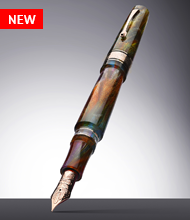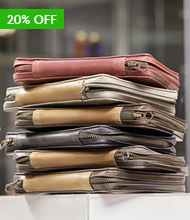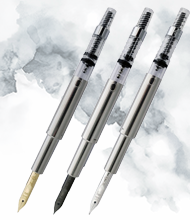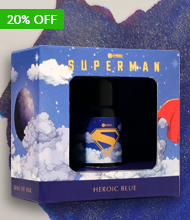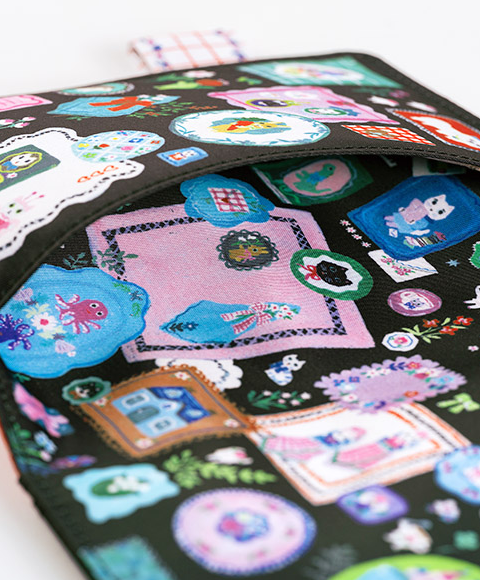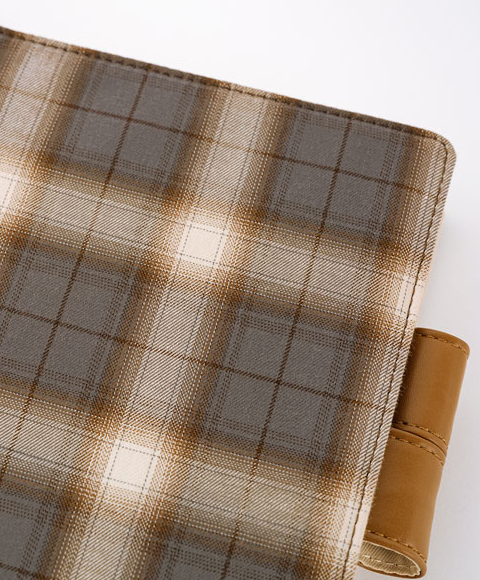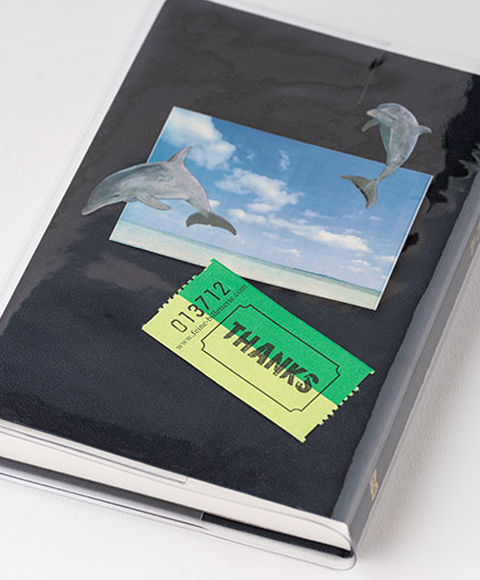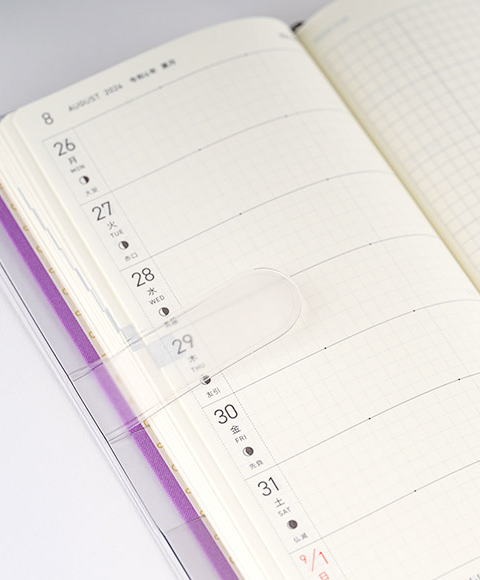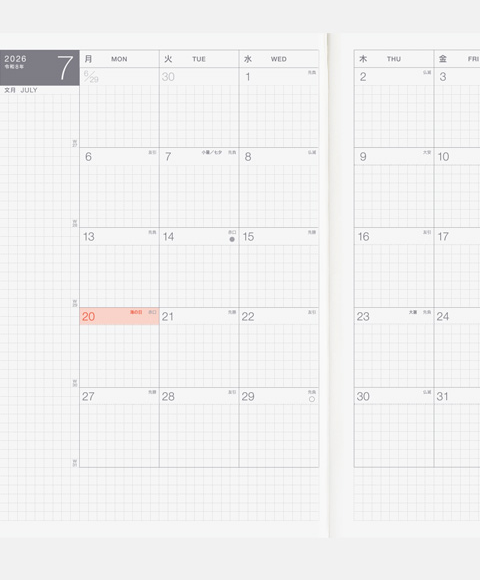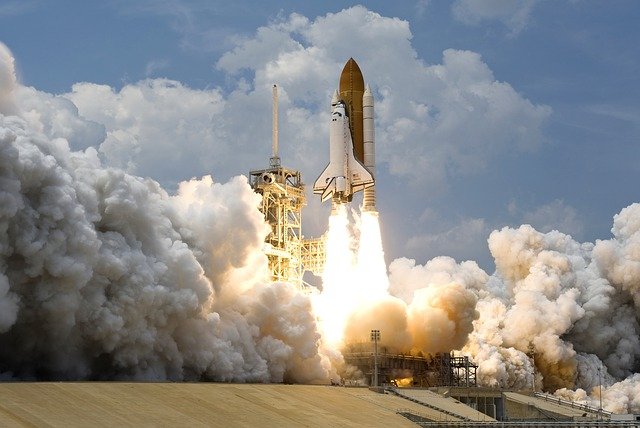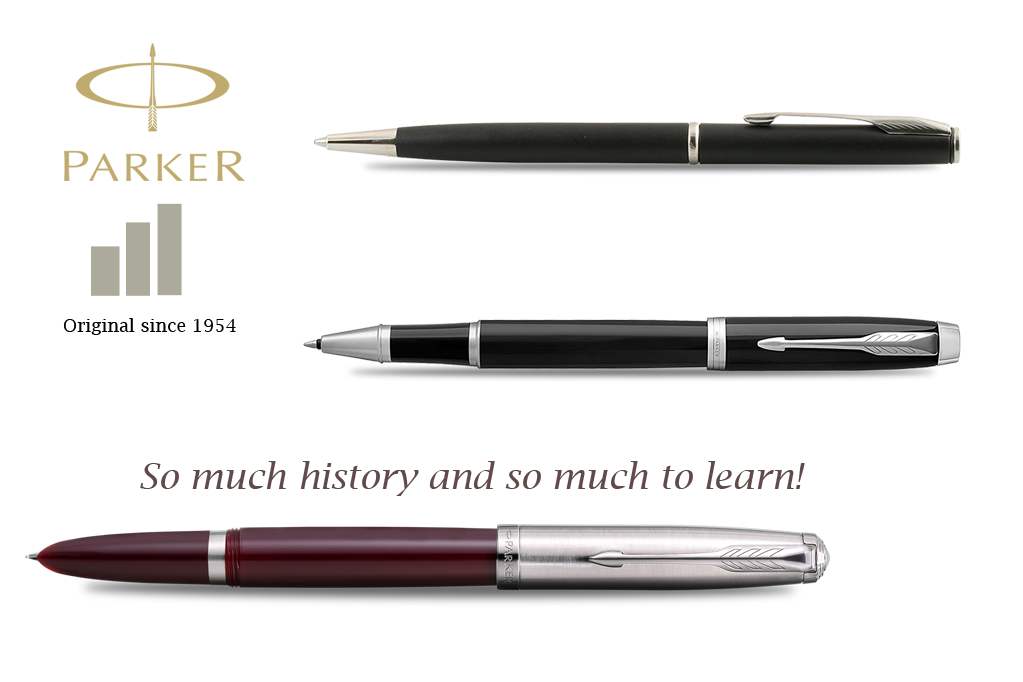The first manned journeys into space presented a whole host of challenges. Without Earth’s gravity and atmosphere, even the simplest of tasks became complicated. NASA had to figure out how astronauts would work, eat, sleep, and perform a variety of tasks under these new conditions.
A small, but not insignificant, task was figuring out how to write. Space capsules, like the submarines that came before them, are closed systems. The only air, the only water, the only food available to you, is what you bring on board. Any particulate matter or moisture in the air remains there with you for the duration of the trip. Thus, every item and material allowed in the space capsule had to be carefully scrutinized for potential dangers.

Pencil Problems
Pencils presented some possible dangers on these first flights. Pencil lead, usually composed of graphite mixed with clay, is a soft metal that rubs off onto paper in fine particles or sheets as you write. Graphite dust and wood shavings from sharpening pencils could both become airborne in the weightlessness of space. Any foreign body floating in the air could become lodged in the lungs or even the eye of an astronaut. Additionally, both are flammable and capable of becoming wedged in the spacecraft’s instrumentation causing short circuits or malfunctions. Any one of these scenarios could cause significant difficulties for the crew.
However, NASA knew they needed to keep good records for everything that was done on every flight. Writing down each mission’s details allowed them to improve procedures for future flights from the data collected on past missions. Additionally, data from experiments performed in space needed to be recorded for further analysis.
Pencil writing is not permanent. It can fade over time or be smudged by greasy hands, rendering these important records difficult to read. Pens are a much better choice for lasting documents. However, because pens do not work without gravity to pull the ink out of the cartridge, pencils were selected as the best option.
In 1965, NASA placed an order for large mechanical pencils that could be gripped easily by an astronaut’s gloved hand. Because they were mechanical, these pencils never needed sharpening, which removed a lot of the mess associated with them. However, at $128 each, these pencils were widely seen as an exorbitant expense by many Americans.
Fisher Pen Company
Independent of NASA, Paul C. Fisher began work on his own solution to the problem. Investing $1 million of his own money into research and development, he designed a pen that would work in the weightlessness of space. Not only could it write in the absence of gravity, but it could write underwater or in extreme temperatures from -50˚F to 400˚F. Not likely to be encountered under normal conditions on Earth, these temperatures regularly occur in space.
Fisher’s ballpoint pen was able to work in these extreme conditions due to a couple of unique properties. First, Fisher’s pen had a pressurized ink cartridge. The cartridge contained ink and compressed nitrogen gas. The gas pushed the ink out at 35psi, eliminating the need for gravity for the ink to flow. Second, the ink was thixotropic. Thixotropic substances are thick when they are not in motion. Thus, the ink stayed inside the pen when not in use. However, shaking the pen and agitating the ink made it become more viscous, allowing it to flow freely when it was time to write.
Fisher’s unique pen was patented, and the Fisher Pen Company was born. In 1965, Fisher tried to sell his pen to NASA for use in their Gemini space program. However, after spending thousands on mechanical pencils and receiving a lot of criticism, NASA was reluctant to make another big purchase so soon.
Pens in Space
Fortunately, Fisher would not have to wait long for NASA to see his new invention's value. After extensive testing, NASA placed an order for 400 Fisher space pens for use in their Project Apollo just two years later. The pens were much cheaper than the earlier mechanical pencils, coming in at only $6 apiece.
In 1969, the Soviet Union upgraded their writing utensils and purchased 100 pens and 1,000 ink cartridges from Fisher’s Pen Company to take into space on their Soyuz flights. Up until this point, they had been using grease pencils, which posed problems of their own, including what to do with the paper backing as astronauts peeled it off. There are few trash cans in space.
To this day, Fisher space pens are still used by United States astronauts and Russian cosmonauts on the International Space Station. They allow astronauts to keep accurate, lasting records of their experiments and experiences. The pens are also available for the general public to purchase from reputable pen retailers across the country. You, too, can write upside down and underwater. The trick is finding the right paper.

